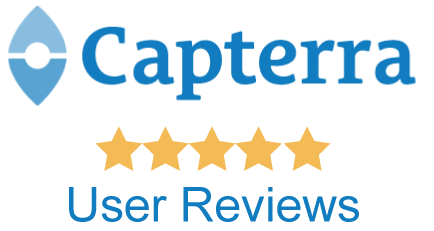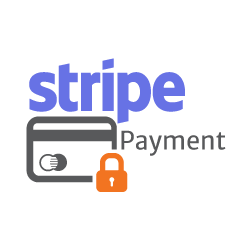Getting Comfortable with Using Teletherapy Technology in Your Practice
Telehealth has emerged as a promising way to provide mental health services to people who otherwise may not have access to quality care. With the improved security and encryption of healthcare information and the growing necessity for Electronic Health Records (EHR) systems, digital healthcare delivery solutions like teletherapy have become bedrocks of the modern health care system. Telehealth has many advantages for both clinicians and clients, most notably the time and place flexibility offered when a therapy session is conducted over video call instead of in an office setting. Think snow-days, traveling clients, or inclement weather!
Although the benefits of offering teletherapy sessions are plentiful, some therapists may feel hesitant when it comes to learning a new, technology-based system for providing mental health services. To help ease these feelings of hesitation, we brought in thera-LINK founder and private practitioner Carol Park, LPC to talk about how therapists can overcome their fears and use the easy, HIPAA-compliant video platform thera-LINK to embrace telehealth services.
Interview with Carol Park, LPC
Can you tell us a little bit about your background in the mental health world?
Carol Park: I am a certified eating disorder registered dietitian and licensed professional counselor, and I am also the co-founder of thera-LINK! Additionally, I am a Daring Way facilitator certified in Brené Brown’s work on expressing bravery and vulnerability.
I have always been an analog gal. When I graduated from high school, I received a typewriter as a gift – not a computer! The digital world did not come naturally to me, and integrating telehealth into my practice did require me to learn a whole new skill.
I have been in practice for 32 years, and I specialize in eating disorders. When my younger clients started moving away to college and wanted to continue their sessions with me, I turned to telehealth as a way to continue offering treatment to these clients.
At first I used general video platforms to offer therapy sessions to these clients, but I started hearing about boards passing rules requiring telehealth videos to be HIPAA compliant and I realized I needed to utilize an alternative better suited for therapy sessions.
It was at this time that I co-founded thera-LINK as a HIPAA-compliant, easy to use video platform for therapists looking to offer telehealth services to their clients. The creation of thera-LINK was very organic; there was a need for my clients, and thera-LINK just evolved out of my desire to meet that need.
How did you decide that teletherapy was right for you and your clients? What were the things that you asked yourself or did you talk to your clients about what their interests were when you first were getting started?
I knew that teletherapy was the right direction for my practice because my younger clientele was so comfortable with video chatting and they needed the long-distance care. It was a no-brainer for my college-age clients to work with a telehealth platform, but for me it was more of a challenge. I thought to myself, “Okay, I need to be brave here. I am going to figure out this technology because I want to give my clients what they need.”
Brené Brown has a philosophy of keeping your core values ahead of you in all that you do, and I try to embody that in my practice. I do think it’s our core values that allow us to go into an arena where we may be nervous and hesitant. One of my core values is to find ways to connect with and meet clients where they are. I experienced some fear around using telehealth in my practice, but I used my core values to give me the courage I needed to jump in.
What were the obstacles and anxieties you faced when starting to implement telehealth in your practice, and how did you overcome them?
As therapists, we talk a lot about managing our own anxiety when we’re in the office with a client. When in a telehealth session, the same principles apply. We need to manage our own anxieties so that if something goes wrong we can do some deep breathing and calmly figure out what went awry. Like with any other anxiety-inducing situation, our rational brain goes offline as soon as we allow ourselves to be overwhelmed.
Instead of going to that overwhelmed place, there are a few steps you can take to keep yourself grounded when problems arise. First off, use your customer support team whenever you have an issue you cannot solve on your own! When working with a teletherapy platform like thera-LINK, you have access to support and I strongly recommend using that to your advantage.
Another great strategy for reducing anxiety is to practice a few telehealth sessions with a friend or a family member first before hosting an official therapy session. Practicing with a trusted friend can really help alleviate that anxiety because you’ll have a chance to get comfortable with the technology while still in a low-pressure scenario.
One more strategy to reduce anxiety is to do your research! Seek educational materials like webinars, podcasts, and articles that will help solidify your knowledge of how telehealth works. Knowledge is power, so by obtaining that information and building your knowledge you are setting yourself up for success.
Do you have any parting words of advice for therapists out there who are considering integrating telehealth services into their private practice?
Be courageous and remember that you don’t have to be perfect with it. There is no perfect scenario, so be brave and take that leap. I think that you’ll find that telehealth services are not only helpful for your clients, but are also a great way to expand and improve your practice. It’s worth it!
Ready to start offering Telehealth in your practice?
{{cta(‘758a8221-dfd4-449d-a167-72582fdc0ce2’)}}







